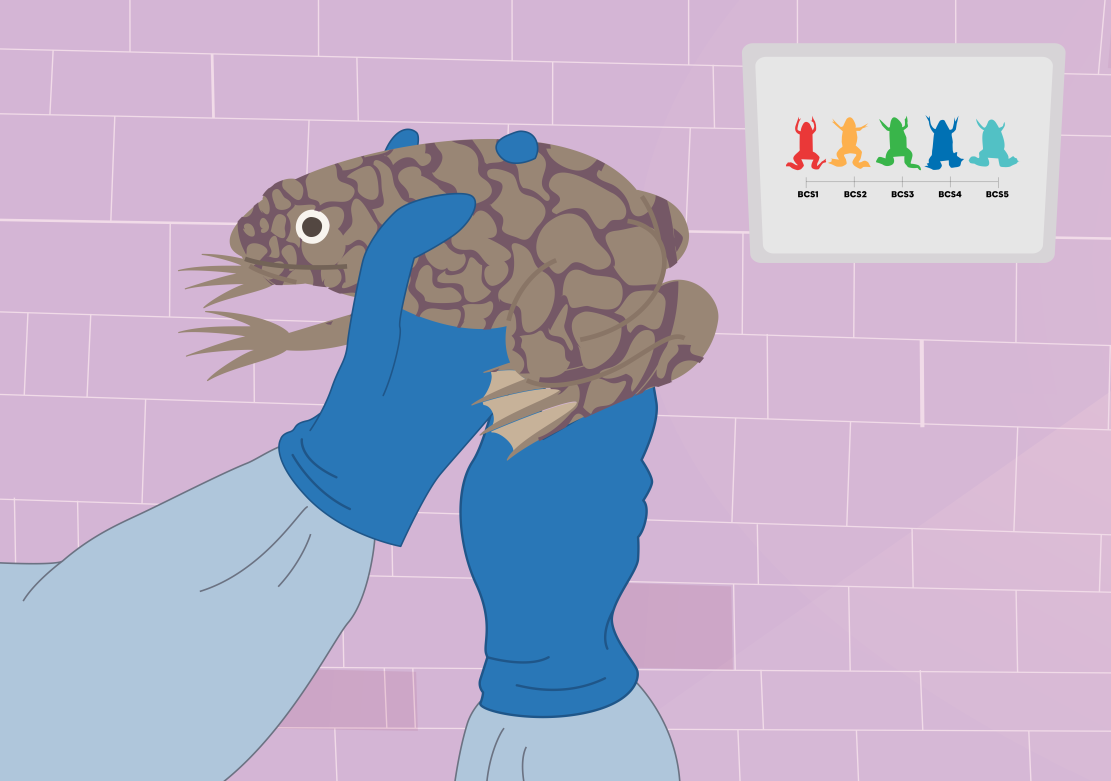Cambodia has had a tragic past, including a genocide and over a decade of civil war. However, since the mid-1990s, there has been relative peace, stability, and rapid development. Cambodia has made impressive progress rebuilding its education system and committing to universal educational access. By 2008, enrolment rates across Cambodia had risen to 92%. However, indigenous ethnic minority children in the remote villages of the northeastern provinces proved hardest to reach, in large part due to language barriers. Read More
To address this, the Ministry of Education, Youth and Sport adopted a model of multilingual education, in collaboration with NGOs, such as ICC, CARE, UNESCO and UNICEF, and with local indigenous community leaders. In basic terms, ‘multilingual education’ means that instruction is conducted through two or more languages.
Original versions of multilingual education in Cambodia were non-formal programs held in the evenings to help adults and children develop literacy skills in their indigenous languages and the official national language, Khmer. Later, multilingual programs were created in primary schools to address the needs of indigenous ethnic minority children. The state curriculum was adapted to incorporate life-skills drawn from the cultures of the indigenous communities.
Wayne Wright, Sovicheth Boun, and Virak Chan at Purdue University and Salem State University studied the adoption and expansion of multilingual education programs in Cambodia. By conducting interviews, analyzing policy documents, and observing classrooms in multilingual primary schools, they sought to identify the successes and challenges of the program implementation, the nature of teaching and learning, and the nature of Khmer and Indigenous language use.
They found the program has experienced several challenges. While many ethnic minority teachers have been trained, recruitment and retention has been difficult. Indigenous farming cycles are not aligned with the school calendar, leading to student absences. Other challenges include low teacher salaries, overcrowded classrooms, poor conditions of school buildings, and lack of materials. Also, Indigenous language instruction is restricted to just three years, because the program is designed to quickly transition children to Khmer.
Despite these challenges, the program has achieved many of its aims. Most significant has been increased enrolment, regular attendance and reduced dropout rates of indigenous children. There has been a large increase in the number of schools opening in villages that never had a school before. Multilingual schools have contributed to the maintenance of indigenous cultures and languages.
The researchers found strong support for multilingual education among key stakeholders. Many desire a program that extends through grade 6, so that students can reach even higher levels of proficiency in Khmer and their indigenous languages.
Overall, Cambodia’s multilingual program has experienced overwhelming success. By 2018, it had provided quality education to nearly 5,000 indigenous students. Dedicated teachers made use of limited resources to effectively engage indigenous children. They taught with confidence and fidelity to the multilingual education model.
Wright, Boun and Chan’s research demonstrates that multilingual education is an effective approach to providing equitable educational access for indigenous ethnic minority students.







